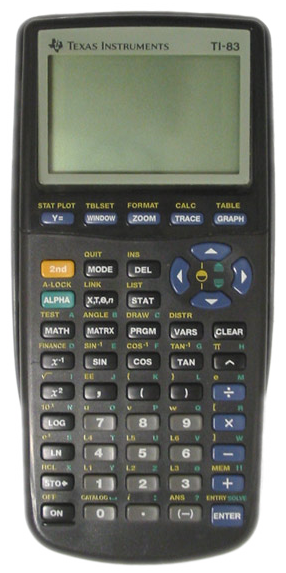I have been away from this little blog of mine for too long. If you look closely you might notice that it happened around the time my new calculator showed up. There might very well be a connection between the two events, who knows...
But at any rate, my desire to write and share more does remain and I would like to specifically share some of the cool work and neat things that I have been up to with my new calculator. It is a lot of fun and lately I have been writing some interesting programs to demonstrate and show-off the precision cababilities of the calculator. This is especially true around infinite series calculations that converge on an expected result.
So I want to write and share more here and I want to catch up and read more about what you all write as well. So let's get back into this shall we?
As a little peep into what is to come. Supposed you've stumbed into a deep dark cave and in this deep dark cave is a scary but curious dragon who says that he will only let you go if you can tell him what the 52nd number in the Fibonacci sequence is.

Binet method for calculating the Nth Fibonacci number
Luckily you have your DM32 calculator in your backpocket and one of my programs! And so after calling up the Binot statefile and inputting F=52 you get the result 32,951,280,099 and live another day to solve another problem (thanking Alfred Binet as you find the exit to the cave).
See you again soon friends!
But at any rate, my desire to write and share more does remain and I would like to specifically share some of the cool work and neat things that I have been up to with my new calculator. It is a lot of fun and lately I have been writing some interesting programs to demonstrate and show-off the precision cababilities of the calculator. This is especially true around infinite series calculations that converge on an expected result.
So I want to write and share more here and I want to catch up and read more about what you all write as well. So let's get back into this shall we?
As a little peep into what is to come. Supposed you've stumbed into a deep dark cave and in this deep dark cave is a scary but curious dragon who says that he will only let you go if you can tell him what the 52nd number in the Fibonacci sequence is.

Binet method for calculating the Nth Fibonacci number
Luckily you have your DM32 calculator in your backpocket and one of my programs! And so after calling up the Binot statefile and inputting F=52 you get the result 32,951,280,099 and live another day to solve another problem (thanking Alfred Binet as you find the exit to the cave).
See you again soon friends!
